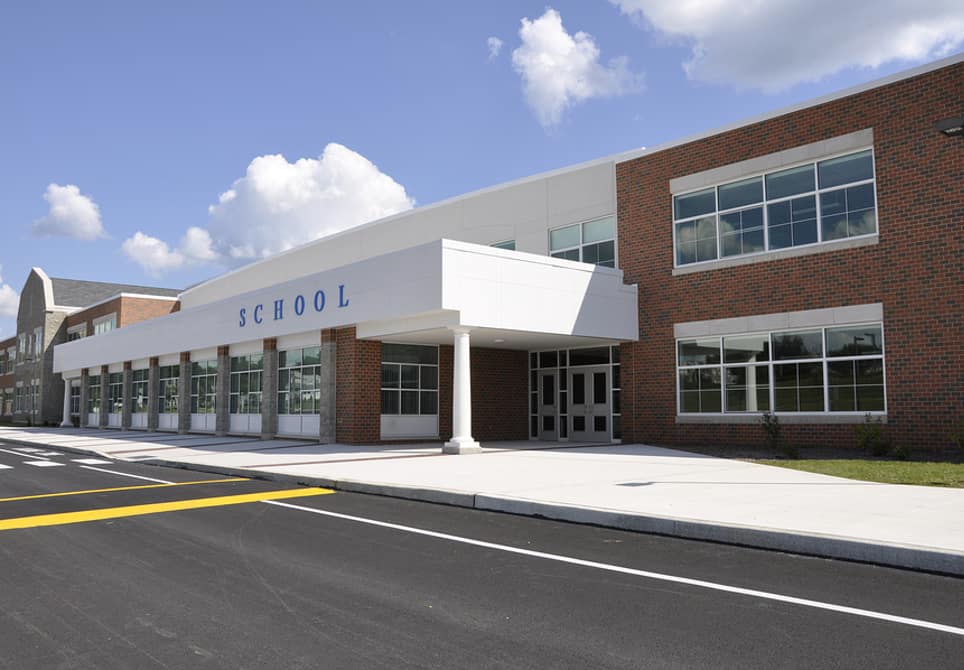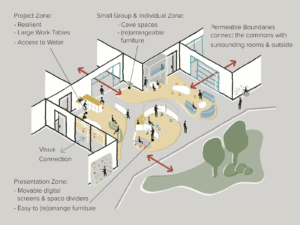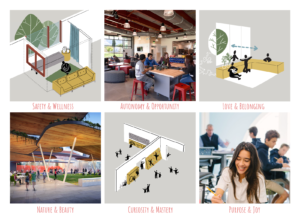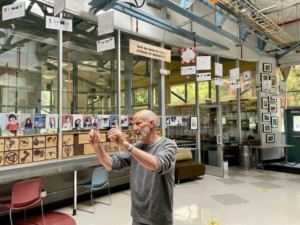Designing Beautiful Places for Learning

When you ask experts about opening great #NewSchools, many start with the culture. Some think about learning models, some consider hiring and onboarding, some go to the details of the incredibly complex project each new school represents. Others focus on learning spaces.
One edleader working at the intersection of educational and facilities design is Victoria Bergsagel, president of Architects of Achievement. She has helped envision successful programs and inspiring spaces for hundreds of schools.
Victoria offers up ten suggestions for opening stellar schools.
- Consider the mechanisms and programs necessary to ensure all students feel known and engaged.
- Provide dynamic programs of study that integrate learning across academic disciplines, focus on solving authentic problems and feature projects relating to students’ communities and interests.
- Leverage community assets for the benefit of student learning.
- Ensure supports are in place to embody a bright future for students from every background.
- Recognize that school facilities send important signals. They indicate respect for the people who spend their days in those buildings, namely the teachers, the staff, the students and the families who entrust their children to us. They are also a sign of respect for the learning process in that many aspects of the school facility indicate something important about school climate and culture. Light, sound, furniture and even spaces to do projects and collaborate, are among the dynamic and interconnected factors of a coherent vision of excellence.
- A school’s culture and architecture should imbue the learning community with a sense of safety and belonging. Inside and out, its use of space should invite students, teachers, parents and the larger community to collaborate, look together at student work, reflect on standards of excellence and forge supportive partnerships.
- Engender synergy between your program and building, community and school and analyze educational programming, culture and school facility needs in ways that both reflect and enable your school’s core values.
- Build a culture that nurtures the development of socially responsible citizens.
- Make sure that “instruction drives construction.”
- Never forget that a school’s culture and learning environments should spark a true joy for learning. It is never too late–and doesn’t have to break the bank–to provide spaces of whimsy and delight.
We spoke with Victoria last year about class and school design. Listen to the interview:
- Get the Culture Right: The Most Important New School Factor
- 10 Lessons Leading New School Development
- The Nuts & Bolts of Opening A New School
- Getting Smart Podcast | Horace Mann Elementary: Where A Shared Pedagogy Vision Informs Design Principles
This is an updated version of the blog Getting Smart Podcast | Victoria Bergsagel.
Stay in-the-know with all things EdTech and innovations in learning by signing up to receive the weekly Smart Update.








David Jakes
Agree with almost all of that, except that "instruction drives construction." Instruction is the domain of teachers. Learning, the domain of students, should drive the development of the spaces where this is done.